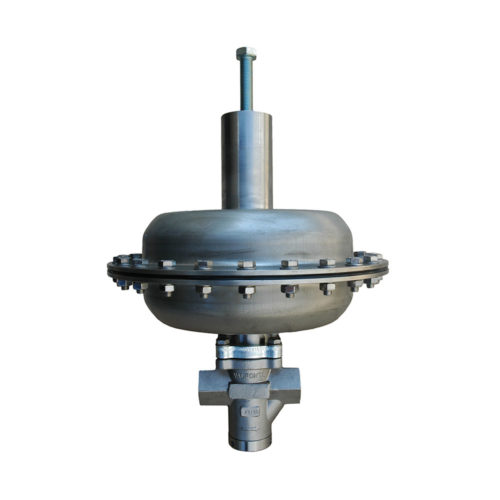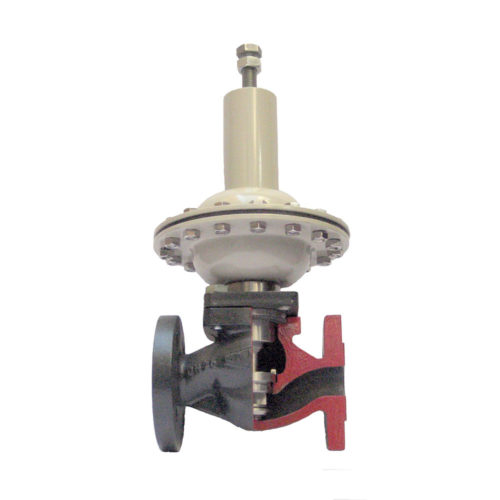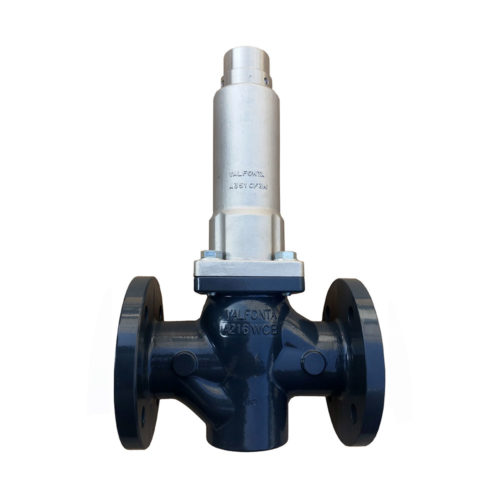OUR PRESSURE RELIEF / EXCESS PRESSURE VALVE MODELS
What is the function of a pressure relief valve?
Pressure relief valves, also known as overpressure valves, play a fundamental role in managing pressure in industrial systems and pipelines.
Their main purpose is to release accumulated pressure when a fluid exceeds a pre-established level. These valves play a crucial role in ensuring that the pressure in a system remains within safe and operational limits.
The significance of pressure relief valves lies in their ability to prevent overpressure in systems, which could result in costly or even hazardous damage.
Additionally, they help protect equipment and pipelines from potential failures due to excess pressure, contributing to maintaining the integrity and efficiency of industrial facilities.

At Valfonta, we have a solid track record in the manufacturing and distribution of pressure relief valves. Our experience translates into the assurance of providing tailored solutions for various installations. We meticulously study each system, taking into account all the specific needs and requirements of our clients to supply the optimal valve that ensures safe and effective operation of their facility.
What types of pressure relief valves will you find in our catalogue?
What are the benefits of using pressure relief valves in terms of safety and equipment maintenance?
Pressure relief valves offer a series of significant benefits in terms of safety and equipment maintenance in industrial environments and systems operating with pressurized fluids:

If you have any doubts, please contact us, and we will respond promptly. It is clear that this is a sector that must be well-understood to avoid errors when it comes time to choose your pressure relief valve, and we want to assist and guide you throughout the purchasing process.
Related articles:








